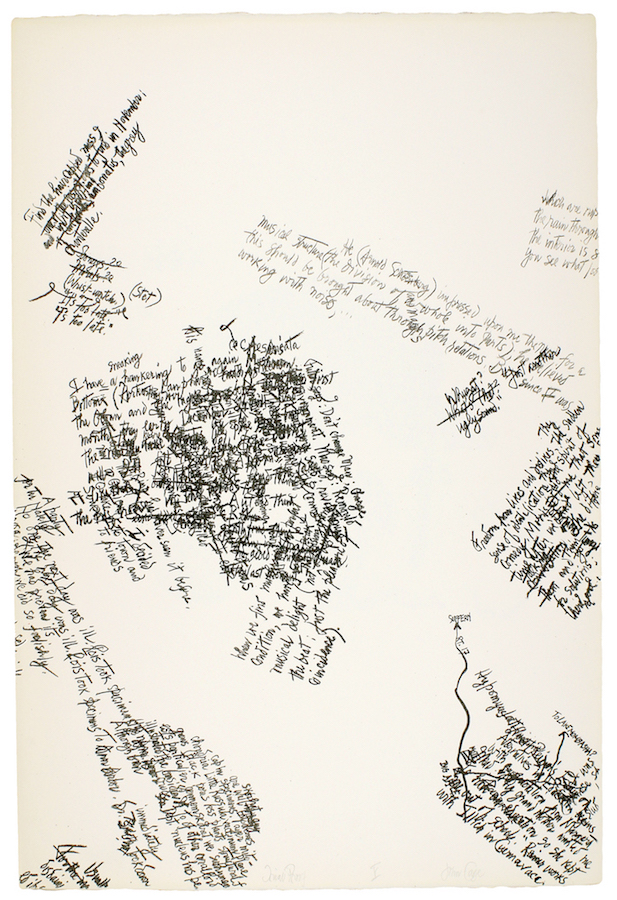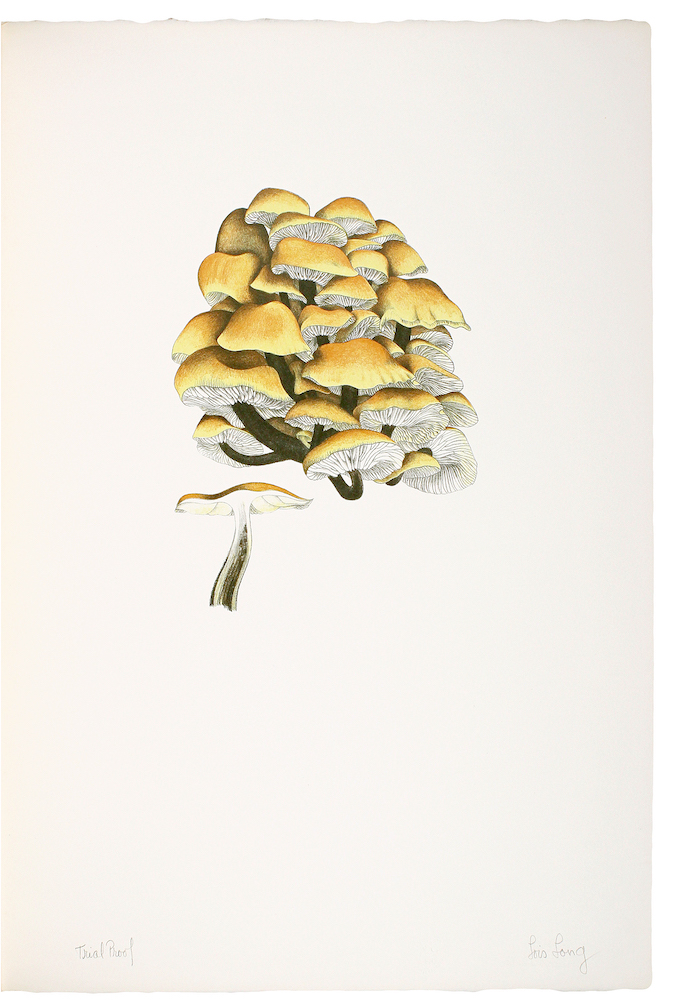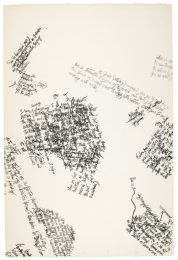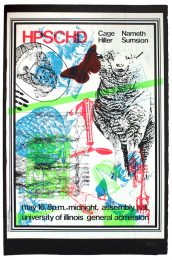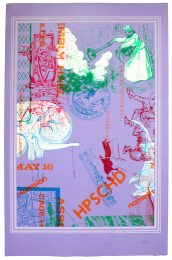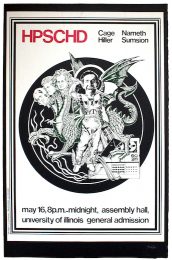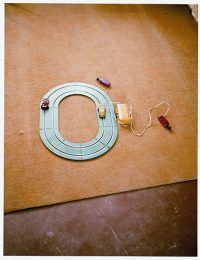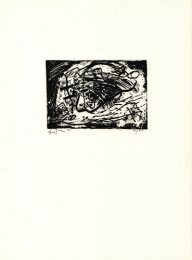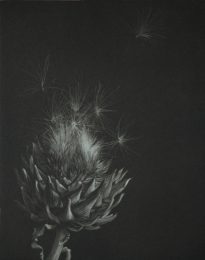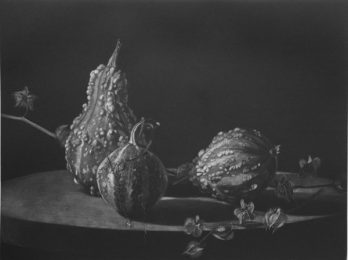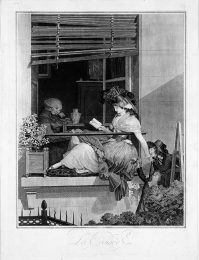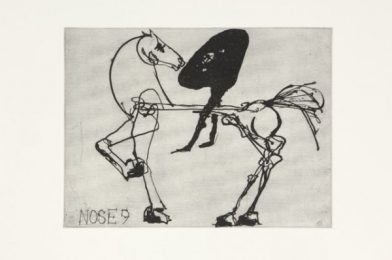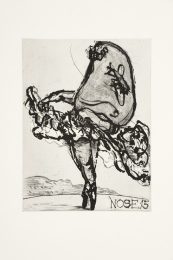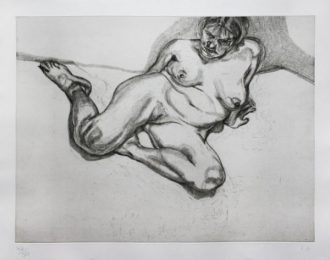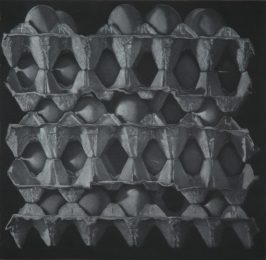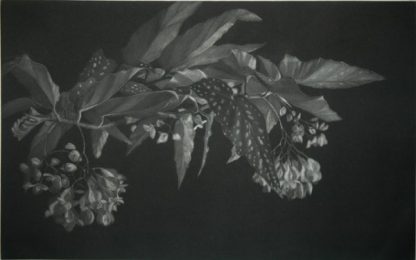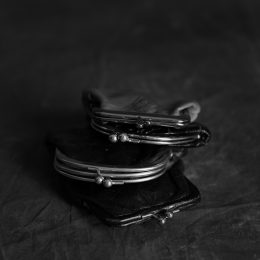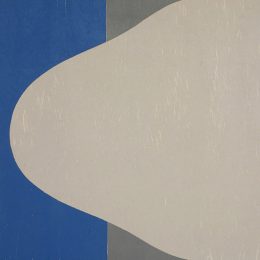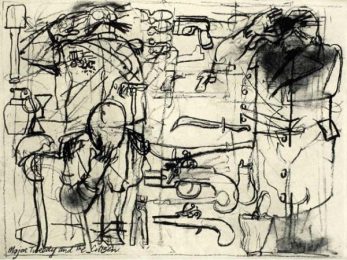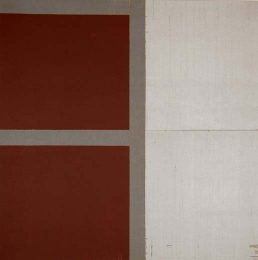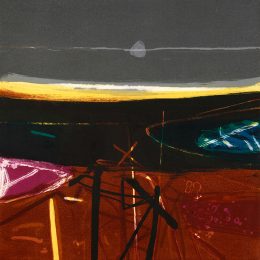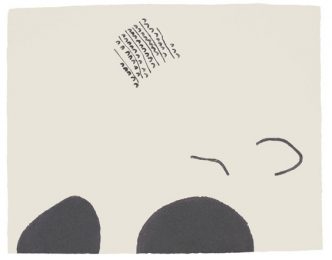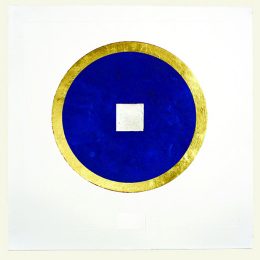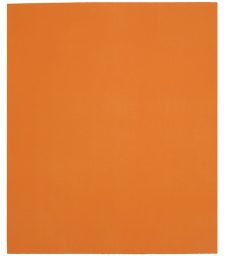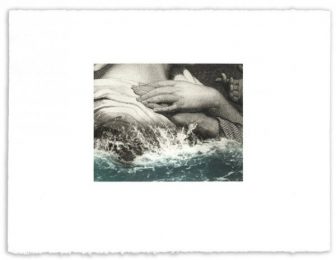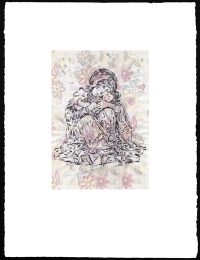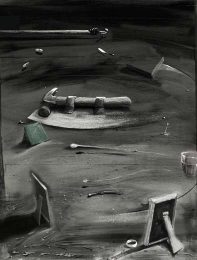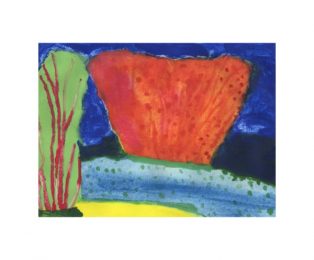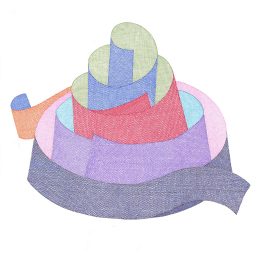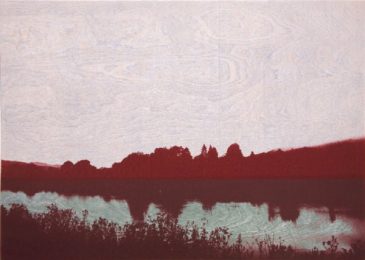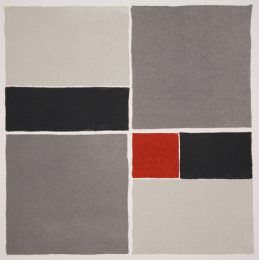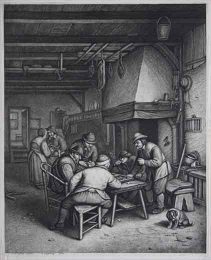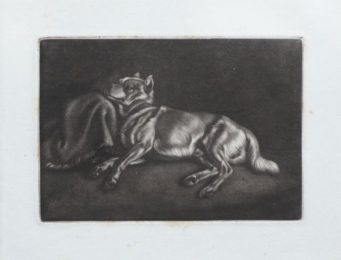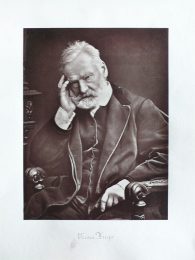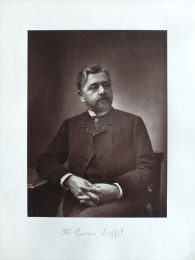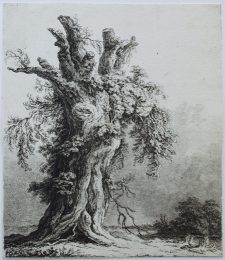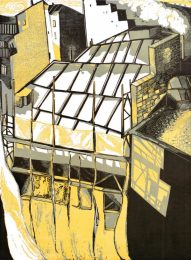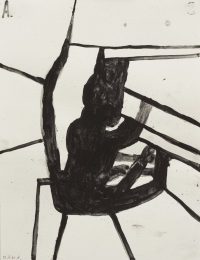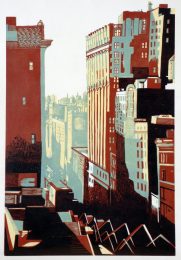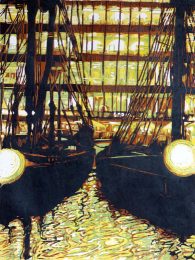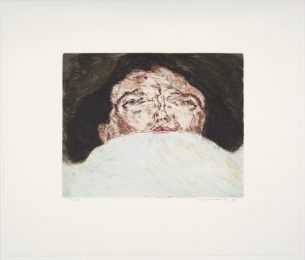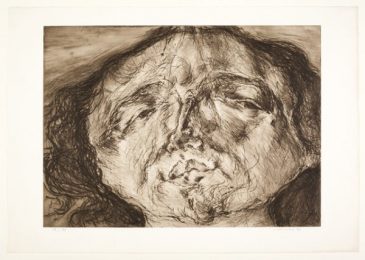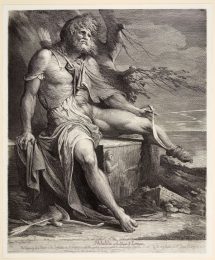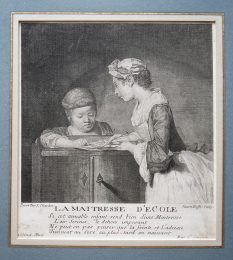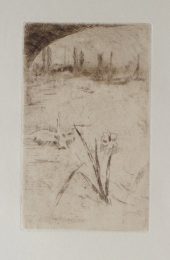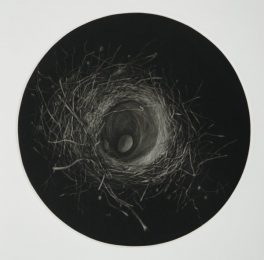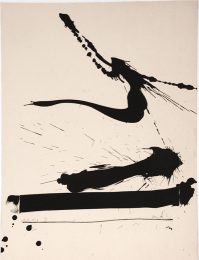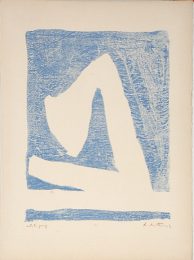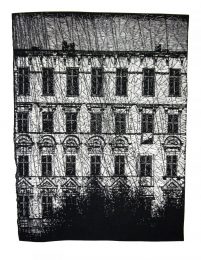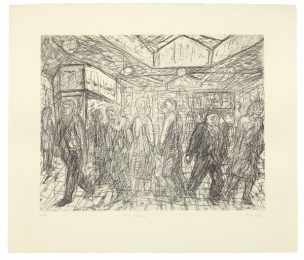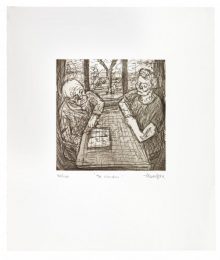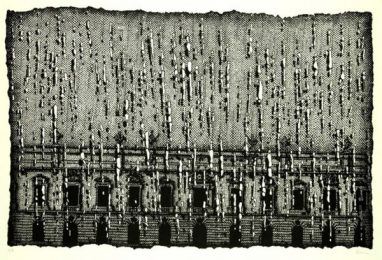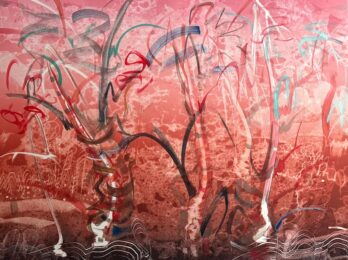Details — Click to read
John Cage 1912 Los Angeles – 1992 New York
Lois Long 1912 – New York – 2005
Mushroom Book 1971–1972
Complete set of 20 lithographs. Size of sheets: 57 X 38.2 cm.
Each numbered and signed by the artists. With a text by Alexander H. Smith.
Trial proof set from the edition of 75. In original blue bound folder.
Published by Hollander Workshop Inc. New York, 1972.
The iconic American composer John Cage’s work altered the course of twentieth-century music. The experimental, playful and meditative aspects of his music are evident in these prints: text and image are placed at random to simultaneously destruct and create meaning.
The trial proofs for John Cage and Lois Long’s Mushroom Book mark Cage’s special interest in mushrooms: Cage first foraged wild mushrooms to sell them to New York City restaurants and earn a living. Thus began a lifelong study and love of mushrooms, Cage becoming an amateur mycologist and even publishing his mushroom recipes in Vogue. Cage was drawn to the mushroom’s random and irregular growth patterns and associations with psychedelics. These trial proofs are signed by Cage and the textile designer Lois Long.
Although best-known for his work as a composer, John Cage was also an accomplished visual artist and writer. He used the same methods of random composition that he applied to his music for his drawings and prints. In 1969, Cage produced his first mature pictorial work – Not Wanting to Say Anything About Marcel – a tribute to his friend and mentor Marcel Duchamp. The making of books and print portfolios was an important part of his work.

